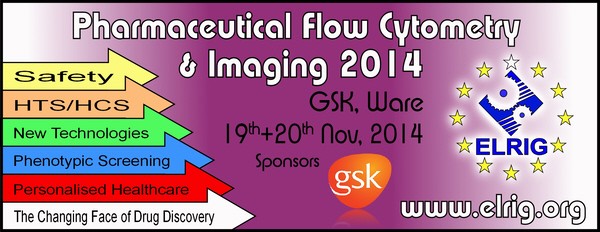
Discussion
How often do we hear this: “The problem with flow cytometry is that you can’t get the sorts of information nor the speed that you can get with image-screening tools” or “The problem with flow cytometry is the subjective nature of gating – it will never be as useful to the pharmaceutical industry as image screening.” These are common statements I hear about flow cytometry and there is always some truth to these expressions of concern because they come from experienced people.
The fact is, however, that both image screening and flow have similar problems when it comes to gating. It’s true that flow cytometry appears to be subjective. But then the question has to be asked, is a computer making a judgment on image segmentation any different? It might be reproducible, but is it more accurate? In terms of speed of analysis, there is little doubt where the current advantage lies – and that is with image screening. But how much faster, and how much more information does imaging provide that cannot be provided by flow? The bottom line in this discussion is that both technologies have advantages, and probably because image screening has been around for a very long time, there are clearer advantages in particular situations.
The real issue, however, is the nature of the biological phenomenon we are trying to demonstrate. If our goal is to show a cell shape change or a translocation event, it is likely that image screening would be the most appropriate. However, if we are interested in a functional change in a cell organelle, like mitochondrial function, or the expression of an antigen on the cell surface or even on an internally expressed receptor, or a change in cell cycle, then the clear advantage may well be with flow cytometry. That is, of course, if it can be achieved at the same rate of data return as image cytometry can provide. This presentation will provide some solutions based on high-throughput screening that perhaps image screening simply can’t do so well.


